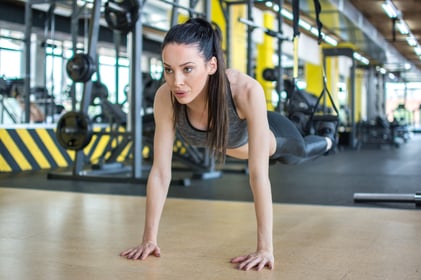 The uncertainty of the last few months has taken a toll both mentally and physically on everyone. Many people did not have access to gyms and instead did at-home bodyweight workouts or virtual workouts—or did nothing at all. As time has passed, we are now returning to gyms and everyday normal lives. Returning to play and activity must be done in a strategic way. Going all out upon return can lead to many detrimental effects on the body. Making sure to take proper steps back into working out is vital to your body and your overall health. Sleep paired with hydration and a balanced diet will aid in the process of coming back stronger and more efficient. Taking a slow approach will also allow your body to get acclimated much more easily and quickly.
The uncertainty of the last few months has taken a toll both mentally and physically on everyone. Many people did not have access to gyms and instead did at-home bodyweight workouts or virtual workouts—or did nothing at all. As time has passed, we are now returning to gyms and everyday normal lives. Returning to play and activity must be done in a strategic way. Going all out upon return can lead to many detrimental effects on the body. Making sure to take proper steps back into working out is vital to your body and your overall health. Sleep paired with hydration and a balanced diet will aid in the process of coming back stronger and more efficient. Taking a slow approach will also allow your body to get acclimated much more easily and quickly.
Safely Returning to Activities
You should return to play and activity with moderation. Jumping right back into the gym 5-6 times a week will lead to overtraining and other soft-tissue injuries. Trying to max out upon return after not lifting heavy weights is another challenge that will lead to injury or worse. Gradually getting back into the swing of things is the way to go, and will lead to the safest and most effective return.
Starting with bodyweight exercises and lighter weight is a great way to return. Focusing on form and taking the time to relearn movement patterns is another safe, effective tool to use. This is a great time to identify other imbalances you might have neglected before, or things that were brought about by the pandemic. Giving you the best possible options will not only help with longevity, but will also help with overall quality of life.
There Is No Rush to the Finish Line
During lockdown, your focus should have been on trying to maintain a healthy, balanced diet and staying as physically active as you possibly could. I know times were hard and days were long, but it shouldn’t have derailed all the hard work you put in before the pandemic hit. That is why it is essential to take proper steps to gradually get back and acclimated to the weight room. Continue to set goals. Keep them within reason. There is no rush in achieving them. Staying healthy and creating longevity is the name of the game.
If your numbers are way down since the pandemic, trust that the process will lead you right back where you were and beyond. Find alternatives and alternative exercises that will gradually get you back into the swing of things. For example, if you love the squat, find other squat variations that will keep you healthy as you gradually work your way back to heavy squatting. Goblet squats are a great alternative. Cyclist squats are another great tool for developing the quadriceps. Utilize the TRX; it is a great functional piece that will aid in your return to play and activity.
Enjoy Being Back Outdoors and at the Gym
Staying healthy during this time is the ultimate goal. Doing it safely and properly is the way to go. Utilize your trainers and dietitians to help you on your journey. Never hesitate to ask professionals for advice on returning to the gym. We love seeing you back as much as you love being back. Continuing to practice safe and effective training methods with proper sleep and nutrition will make for a great rest of the year!
This blog was written by Jason Quarles, IUPUI Athletic Performance Coach. To learn more about the NIFS bloggers, click here.


 It’s safe to say that 2020 has been one a heck of a year (and it’s barely half over!)—the good, the bad, the ugly. At times, it’s felt as if an entire decade has passed. No matter how you slice it, the fact that we’ve experienced something as novel as a global pandemic still feels weird to say, think about, and sometimes fully appreciate. It has been a tumultuous time outside of COVID-19 as well, and every person has had a unique experience, a unique perception, and unique challenges along the way.
It’s safe to say that 2020 has been one a heck of a year (and it’s barely half over!)—the good, the bad, the ugly. At times, it’s felt as if an entire decade has passed. No matter how you slice it, the fact that we’ve experienced something as novel as a global pandemic still feels weird to say, think about, and sometimes fully appreciate. It has been a tumultuous time outside of COVID-19 as well, and every person has had a unique experience, a unique perception, and unique challenges along the way. 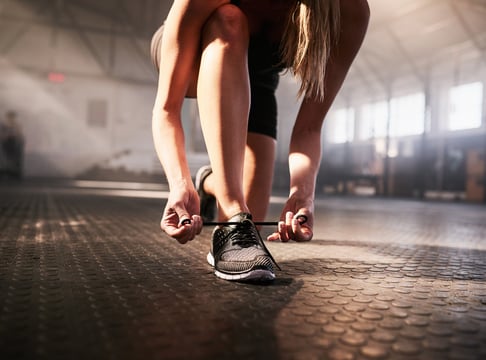 Do you remember the last time you went on an extended vacation, came back home, jumped into the gym and your favorite class and thought you could pick right back up where you left off? You might remember feeling like you were not going to make it through the class and were so sore for days on end. And that was just after a vacation consisting of a long rest, relaxation, and food freedom. Just think what you may encounter once you return to your favorite class or training group after two to three months of quarantine.
Do you remember the last time you went on an extended vacation, came back home, jumped into the gym and your favorite class and thought you could pick right back up where you left off? You might remember feeling like you were not going to make it through the class and were so sore for days on end. And that was just after a vacation consisting of a long rest, relaxation, and food freedom. Just think what you may encounter once you return to your favorite class or training group after two to three months of quarantine. 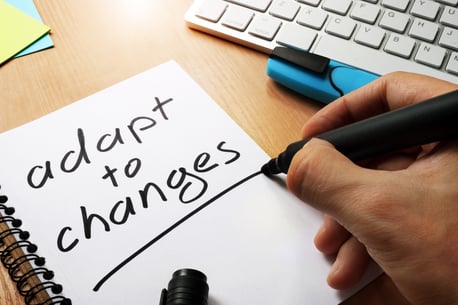 Daily, life provides countless learning opportunities that, if processed properly, can make us strong individuals capable of accomplishing extraordinary things. Some lessons stem from positive experiences in our lives, but I think the strongest lessons are derived from strife, hardship, and even failure. These lessons can hurt, and you can either live in the pain or learn from it. We are currently living a life full of learning opportunities that have and will continue to test our ability to grow.
Daily, life provides countless learning opportunities that, if processed properly, can make us strong individuals capable of accomplishing extraordinary things. Some lessons stem from positive experiences in our lives, but I think the strongest lessons are derived from strife, hardship, and even failure. These lessons can hurt, and you can either live in the pain or learn from it. We are currently living a life full of learning opportunities that have and will continue to test our ability to grow.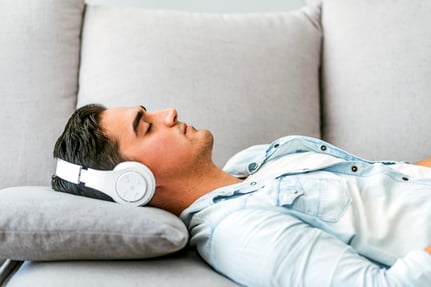 Personal trainers are people, too (well, at least when no one is looking!). In reality, there are a lot of new bridges we, as a society, are crossing every single day. As a trainer, my goal is to put all my effort into making sure that my clients are being healthy with fitness and wellness as a priority. With the lockdown upon us, finding new ways to get this job done is a challenge, but so is making sure that you are finding time for yourself.
Personal trainers are people, too (well, at least when no one is looking!). In reality, there are a lot of new bridges we, as a society, are crossing every single day. As a trainer, my goal is to put all my effort into making sure that my clients are being healthy with fitness and wellness as a priority. With the lockdown upon us, finding new ways to get this job done is a challenge, but so is making sure that you are finding time for yourself. 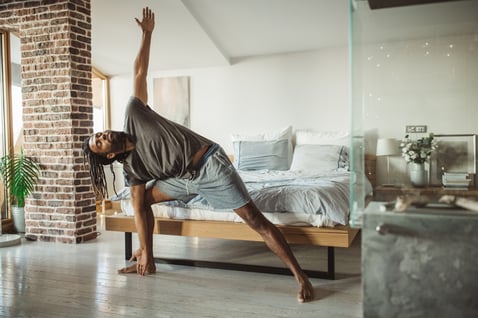 There are no definitive right answers on how we are supposed to individually succeed during a pandemic. We all cope, struggle, and win the day in our own ways. We can all feel a little lost and confused at times, and that’s completely normal as we cross bridges into territory we have never experienced in our lives.
There are no definitive right answers on how we are supposed to individually succeed during a pandemic. We all cope, struggle, and win the day in our own ways. We can all feel a little lost and confused at times, and that’s completely normal as we cross bridges into territory we have never experienced in our lives. .jpg?width=513&name=GettyImages-1216458718(1).jpg) In one way or another I think it’s safe to say that the spread of this virus has affected all of us in the last few weeks. And for some, it has become life-changing! As parents of a school-aged kid, my husband and I have had some tough conversations with our kindergartener explaining why he won’t be seeing his friends or teacher at school for a while, if at all. Not only have we had to have tough talks, we’ve had to become pretty creative in how we keep him active and engaged.
In one way or another I think it’s safe to say that the spread of this virus has affected all of us in the last few weeks. And for some, it has become life-changing! As parents of a school-aged kid, my husband and I have had some tough conversations with our kindergartener explaining why he won’t be seeing his friends or teacher at school for a while, if at all. Not only have we had to have tough talks, we’ve had to become pretty creative in how we keep him active and engaged.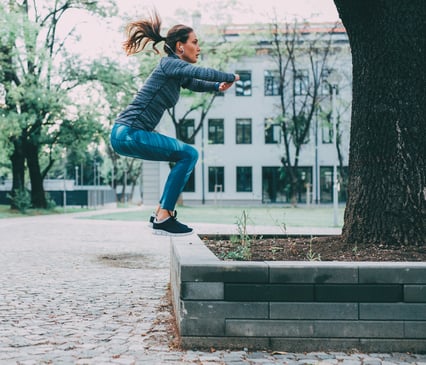 In a world where situations are ever-changing and a new “normal” is developing, athletes around the world are scrambling to adapt to their new training environments. For most, this new environment is where you are probably reading this now, your home. For the time being and for many people, traditional training methods of using barbells, dumbbells, kettlebells, etc. have morphed into substitutions of paint cans, backpacks, gallon jugs, or just about anything that can act as the “resistance” that your body has become accustomed to using.
In a world where situations are ever-changing and a new “normal” is developing, athletes around the world are scrambling to adapt to their new training environments. For most, this new environment is where you are probably reading this now, your home. For the time being and for many people, traditional training methods of using barbells, dumbbells, kettlebells, etc. have morphed into substitutions of paint cans, backpacks, gallon jugs, or just about anything that can act as the “resistance” that your body has become accustomed to using. 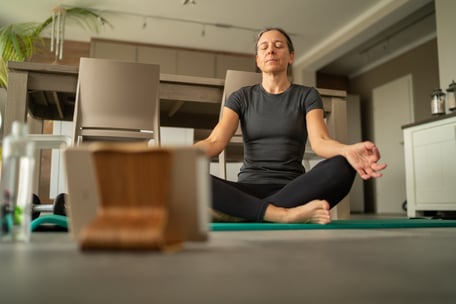 Take these next few weeks or so and use them to your advantage. We know this is an extremely challenging time, and we want to make sure you feel like you are taken care of. Circumstances are tricky right now, so even if you adopt one new technique, consider that a win! Don’t expect yourself to “eat the rainbow” every day, feel like you fall asleep easily at night from a relaxing day working at home in your pajamas, or get in a 10-mile run each morning. While you shelter at home and stay healthy, keep these tips in mind.
Take these next few weeks or so and use them to your advantage. We know this is an extremely challenging time, and we want to make sure you feel like you are taken care of. Circumstances are tricky right now, so even if you adopt one new technique, consider that a win! Don’t expect yourself to “eat the rainbow” every day, feel like you fall asleep easily at night from a relaxing day working at home in your pajamas, or get in a 10-mile run each morning. While you shelter at home and stay healthy, keep these tips in mind.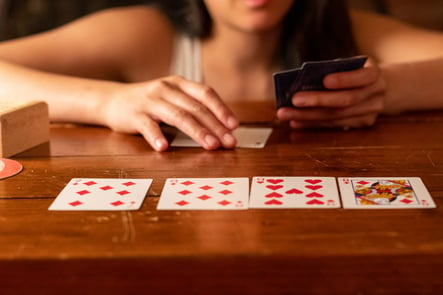 It goes without saying; we’re living through some pretty odd times. With the onset of COVID-19, many of our lives have been flipped on their heads. For some, there has been less structure, and maybe a little more downtime, and that has the potential to make even the sanest of them all go a little stir-crazy.
It goes without saying; we’re living through some pretty odd times. With the onset of COVID-19, many of our lives have been flipped on their heads. For some, there has been less structure, and maybe a little more downtime, and that has the potential to make even the sanest of them all go a little stir-crazy.